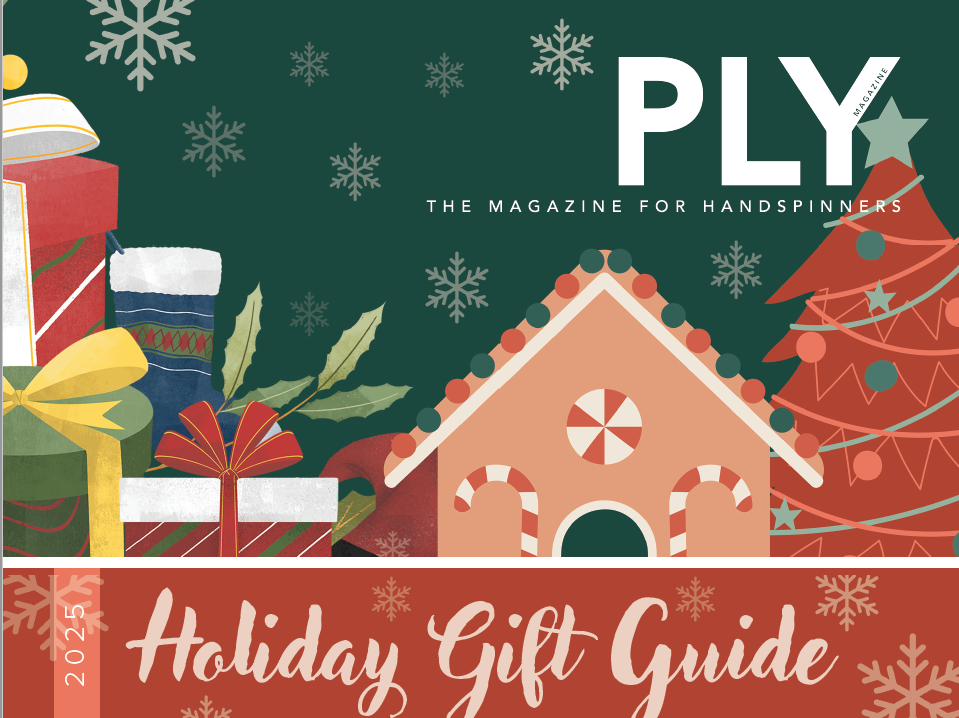Leicester Longwool Give-a-way
One of my favorite projects in any PLY is the Pacific Trillium Stole by Melinda VerMeer. I love the drape of the Leicester Longwool, the running lace stitches throughout the length and the gentle lace edgings. I like that it’s so wide and so long. It feels substantial and delicate at the same time. The […]

